The crimson petals of a carnation carry more than their weight in fragrance—they hold millennia of human emotion compressed into floral form. Few blossoms have traveled such a winding historical path from wildflower to cultural cipher as Dianthus caryophyllus, the common carnation. Its journey through Mother’s Day traditions reveals how flowers become vessels for collective memory.
Long before Hallmark cards existed, ancient Greeks wove carnations into ceremonial crowns for Artemis. The flower’s jagged edges, resembling pinking shears, lent it the name "dianthus" or divine flower. Roman mothers received garlands of carnations during spring festivals celebrating maternal deities—a proto-Mother’s Day tradition lost to time. Medieval Europe transformed the bloom into a medicinal staple, its essential oils treating everything from nervous tremors to unrequited love.
The carnation’s modern symbolism crystallized during the 1907 Philadelphia Mother’s Day protest. Anna Jarvis, distraught over her mother’s recent death, distributed 500 white carnations—her mother’s favorite flower—at the first official Mother’s Day service. This gesture sparked a floral arms race; within decades, florists codified color meanings: red for living mothers, white for deceased, pink for maternal figures who’d passed the torch of caretaking.
Postwar America commercialized these codes with terrifying efficiency. 1950s floral industry reports reveal how growers engineered sturdier carnation varieties to withstand cross-country shipping. The flower’s natural blooming cycle was manipulated through greenhouse lighting to meet May demand. What began as a personal tribute became a $23 billion global industry—with nearly 30% of annual carnation sales occurring during Mother’s Day week.
Contemporary floristry faces an ironic twist. Younger generations increasingly view carnations as "cheap" or "generic," unaware of their layered history. Urban flower collectives now revive heirloom carnation varieties like the spicy-scented ‘Chabaud’ or the green-tinged ‘Mignon’ to reconnect the bloom with its artisanal past. In Seoul’s markets, mothers receive hand-tied bouquets featuring carnations alongside hanji paper flowers—a fusion of tradition and modernity.
The carnation’s true power lies in its mutability. During Japan’s Taisho era, white carnations symbolized women’s suffrage. Mexican activists during the 1968 student protests wore red carnations as silent rebellion. Today, Albanian mothers plant carnations where their children vanished during communist purges. This humble flower continues absorbing new meanings while retaining its ancient core—a living palimpsest of maternal love across civilizations.
As climate change alters growing seasons, the carnation faces its greatest evolutionary challenge. Dutch horticulturalists recently developed drought-resistant hybrids, while heritage seed libraries preserve genetic diversity. The flower that outlived empires may yet adapt to the Anthropocene, ensuring future generations can still say "I remember" through petals and fragrance. In this resilience lies the deepest truth—motherhood, like the carnation, persists through constant transformation.

By /May 21, 2025
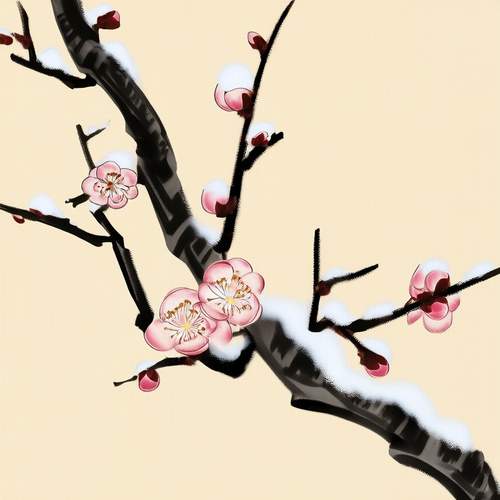
By /May 21, 2025
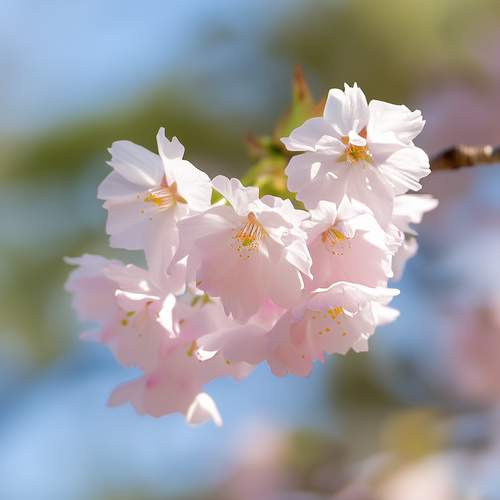
By /May 21, 2025
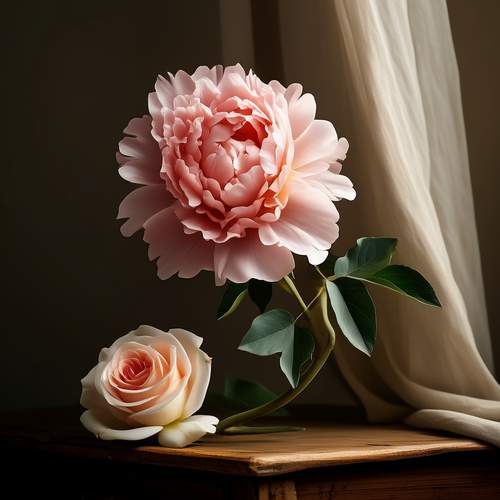
By /May 21, 2025
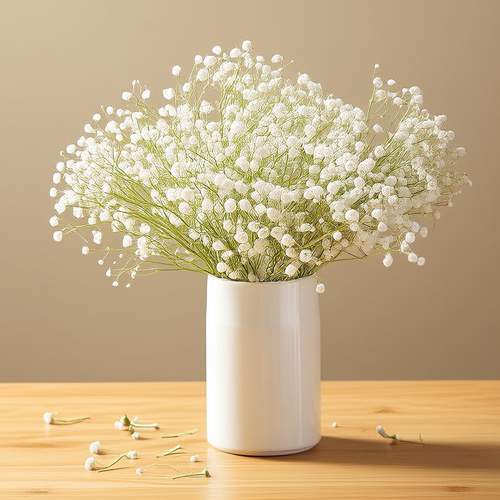
By /May 21, 2025
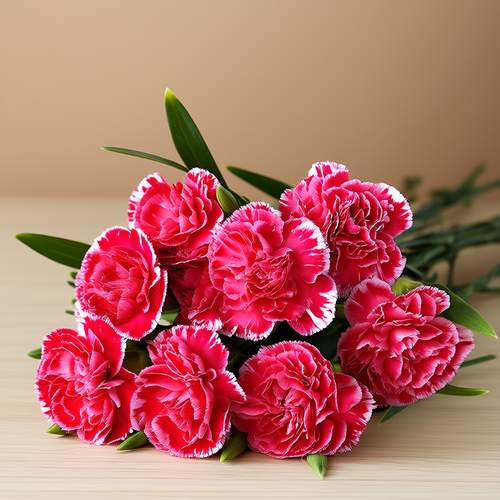
By /May 21, 2025
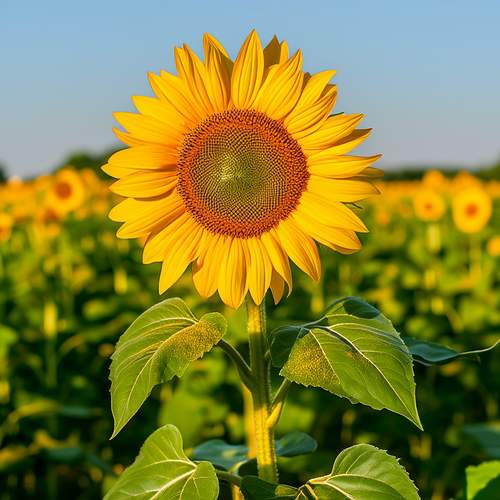
By /May 21, 2025
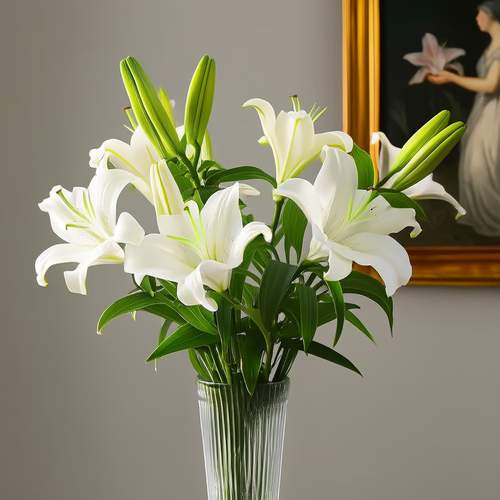
By /May 21, 2025
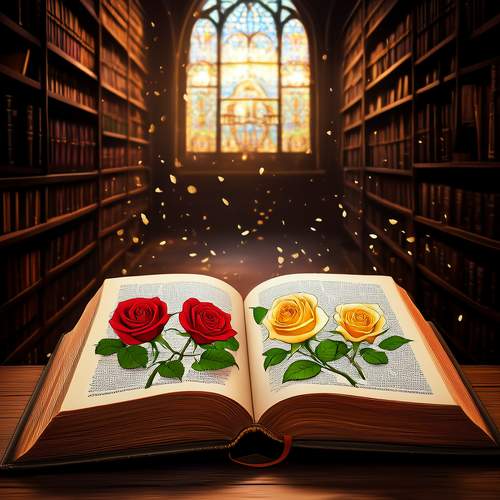
By /May 21, 2025

By /May 17, 2025

By /May 17, 2025

By /May 17, 2025

By /May 17, 2025

By /May 17, 2025

By /May 17, 2025

By /May 17, 2025

By /May 17, 2025
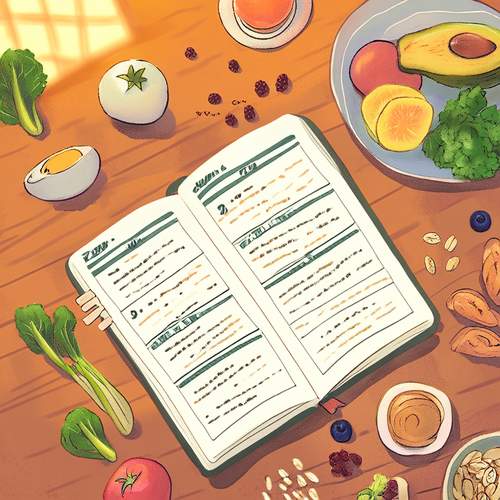
By /May 17, 2025

By David Anderson/Apr 29, 2025